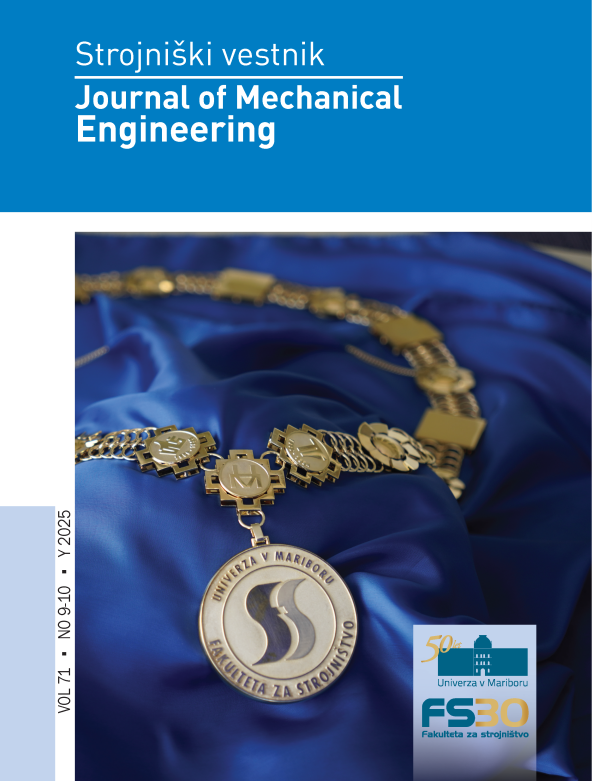Analysis of Gas Flow Distribution in a Fluidized Bed Using Two-Fluid Model with Kinetic Theory of Granular Flow and Coupled CFD-DEM: A Numerical Study
DOI:
https://doi.org/10.5545/sv-jme.2025.1365Keywords:
fluidized bed, distribution plate, two-fluid model with kinetic theory of granular flow, coupled CFD-DEM, flow distributionAbstract
Fluidized bed systems are widely used in chemical and process engineering due to their excellent heat and mass transfer properties. Numerical modeling plays a crucial role in understanding and optimizing these systems, with the two-fluid model enhanced by the kinetic theory of granular flow (TFM-KTGF) and the coupled computational fluid dynamics-discrete element method (CFD-DEM) emerging as leading techniques. This study employs both models to simulate gas-solid interactions and evaluates their performance using a benchmark single-spout fluidized bed case validated against experimental data. Subsequently, the influence of particle presence on gas flow distribution through a non-uniform distribution plate is analyzed. The results show that the common assumption of proportional flow distribution based on the opening area fraction is inaccurate, particularly in the presence of particles. Both numerical models capture this behavior, with TFM-KTGF showing trends comparable to the coupled CFD-DEM approach but at significantly reduced computational cost. The findings highlight the importance of accounting for particle dynamics in distribution plate design and promote the TFM-KTGF approach as a promising alternative for large-scale simulations.
Downloads
Published
How to Cite
Issue
Section
License
Copyright (c) 2025 The Authors

This work is licensed under a Creative Commons Attribution 4.0 International License.


